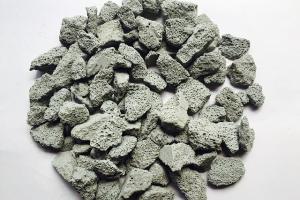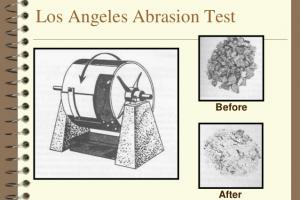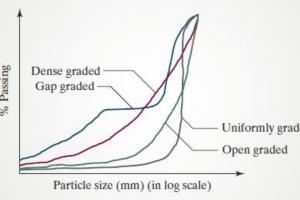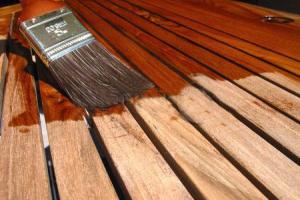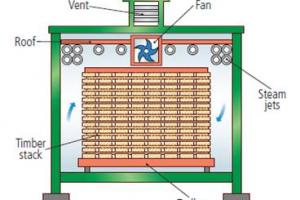Engineering Properties of Fat Lime
1. Composition:
Fat lime is produced from sea shell, coral deposits etc or from lime stone containing impurities like free sand and soluble silica combined with alumina, magnesium, carbonate etc. If the proportion of free sand is large, the resulting lime becomes progressively poor and is called poor or lean lime.
2. Behavior in slaking:
Fat lime slakes rapidly when water is added giving out considerable heat and making hissing and cracking noise and increases 2 to 3 times its original volume. Fat lime if exposed to air, it absorbs moisture and CO2 from the atmosphere and becomes inert CaCO3 or chalk again and loses its cementing power. For developing the cementing power, quick lime must be slaked with water as early as possible, after it is obtained from the kiln.
3. Shrinking:
Fat lime has a greater tendency to shrink and crack as it dries. To prevent this, a large quantity of sand (2 to 3 times) must be mixed with it to prepare mortar.
4. Hardening or setting:
Fat lime is hydrated calcium oxide and sets by the absorption of CO2 from the air.
Ca (OH) 2 + CO2 ==> CaCO3 + H2O
Crystals of CaCO3 are formed and the water goes by evaporation. Thus fat lime hardens only where it comes in contact with air, as in plaster work. In the interior of thick walls, it does not acquire strength as CO2 i.e. air cannot reach there. Mixing of sand (2 to 3 times) forms pores for access of CO2 and helps hardening.
5. Strength:
Crystals of CaCO3 formed by fat lime are not very strong. Fat lime, therefore, does not possess much strength and is used for plastering walls, while washing etc in exposed positions.



